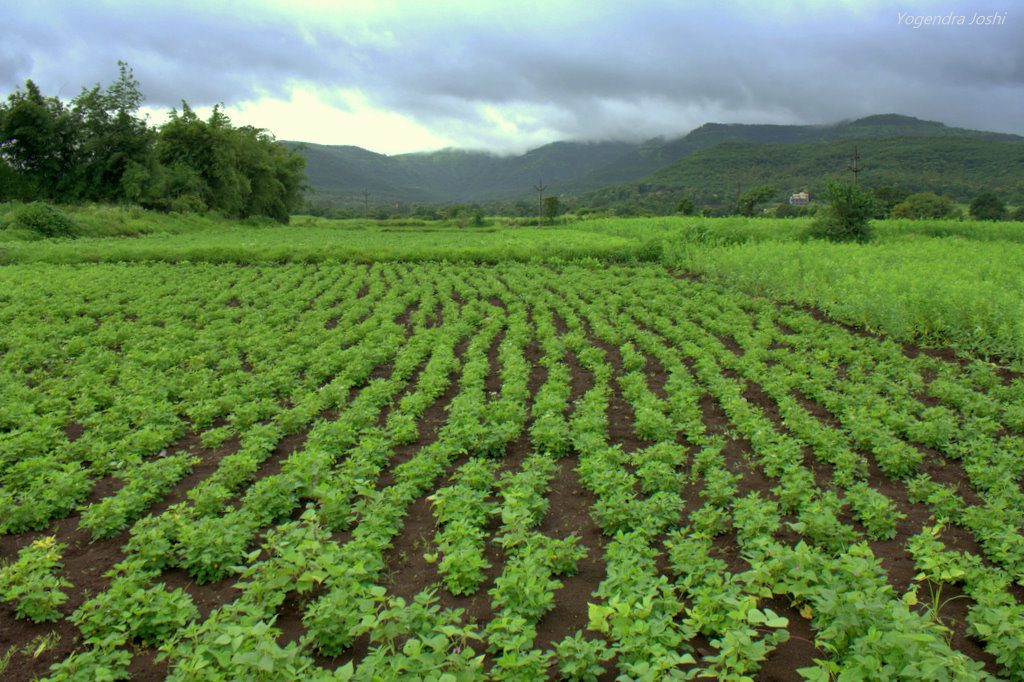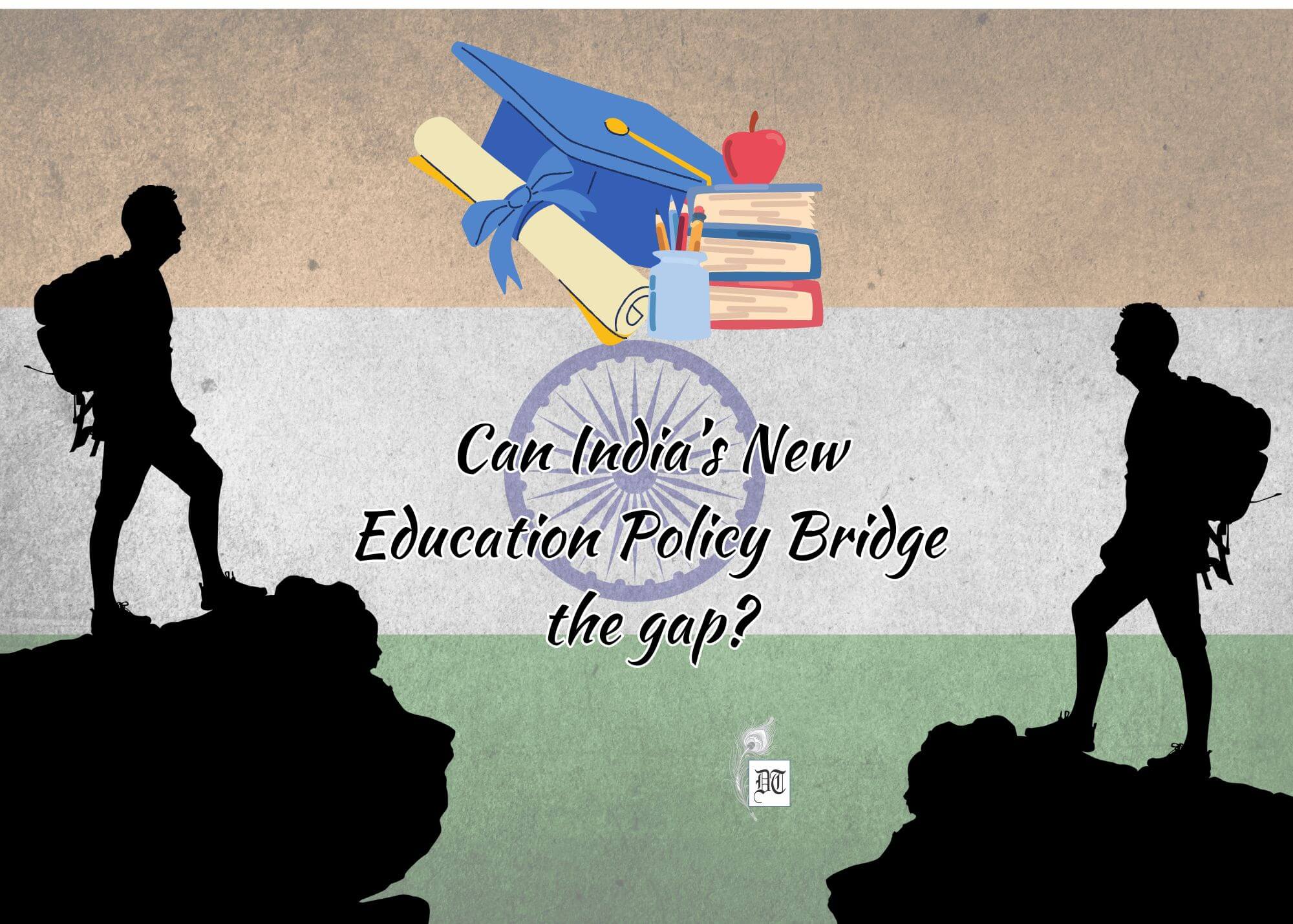Last year, Uttar Pradesh, Maharashtra, and Punjab undertook large-scale farm debt waivers, costing half a percent of the entire GDP of India, and Andhra Pradesh recently announced a loan waiver costing ₹ 24,000 crores. However, our study, as well as other academic literature, finds that a loan waiver scheme costs about as much as it achieves. Moreover, it mostly helps richer and bigger farmers, leaving smaller farmers worse-off in the future. A report, for Different Truths.
On the eve of Karnataka election, waiver of farm loans was one of the major election promises. Now, Chief Minister H.D.Kumaraswamy wants to fulfill his pre-poll promise and has even threatened to resign if he cannot fulfill his promise. As has been seen time and time again, the concept ‘farmers first’ provides political mileage. With more than 55 percent of Indians earning their livelihood from the agricultural sector, it comes as no surprise that political parties like to place their bets on farmers’ cause. However, the real benefit to the farmers won’t come from loan waivers. We studied responses to farmer distress in Andhra Pradesh and Rajasthan (Farmer Distress: An Analysis of Intervention in Rajasthan and Andhra Pradesh, India Consensus Report, 2018). Of the two states, farmer distress appears more pronounced in Andhra Pradesh, which has one of the highest national rates of farmer suicides, at 47 self-inflicted deaths per 1,000 population between 2010 and 2012. Nationally, between 2012 and 2015, over 10,000 farmers committed suicide.
Last year, Uttar Pradesh, Maharashtra, and Punjab undertook large-scale farm debt waivers, costing half a percent of the entire GDP of India, and Andhra Pradesh recently announced a loan waiver costing ₹ 24,000 crore. However, our study as well as other academic literature finds that a loan waiver scheme costs about as much as it achieves. Moreover, it mostly helps richer and bigger farmers, leaving smaller farmers worse-off in the future.
Only 15 percent of the marginal farmers (with less than 1 hectare of landholding) have access to formal credit, so a loan waiver helps them little. In fact, previous waivers have led to banks reducing credit outlay for small farmers during next loan cycle, thereby diminishing their chances of getting formal loans. Loan waiver actually does harm to the small farmers as with less credit outlay from formal sector, the small farmers increasingly have to depend upon the informal sector. The cost difference for loan rates between formal and informal sector is between 30 percent and 45 percent, annually.
In terms of generating benefit-cost ratio, our work for Andhra Pradesh shows that waiving formal loans for landholders with less than two hectares would cost ₹ 24,860 crores. The benefits will be slightly lower at ₹24,629 crores. Giving out a rupee to achieve just 99 paise of benefit is a poor deal. It also means a 15 percent reduction in small holder credit over the following years, cutting revenue for the most vulnerable farmers by 13.5 percent. Importantly, spending thousands of crores on less effective policy leaves less for much more effective ones. The benefit-cost ratio for Rajasthan also yields a value less than 1 suggesting undertaking loan waiver programs does not make sense at all.
Evidence suggests it is the big farmers who usually corner the bulk of the formal loan and that too to buy farm equipments like tractors, combine harvesters, etc. Small farmers, on the other hand, often sell their output forward to the village level aggregators (Arthiya) from whom they typically take the loan for growing crops at a higher rate. These marginal farmers do not have access to cold storage. It is impossible for them to get a space in the state storage facilities without political patronage, and also because the smaller farmers do not grow enough to book an entire crate in warehouses. Nearly 20 percent of India’s fresh produce is wasted because of storage problems.
Globally, India has the second largest amount of arable land (next only to the USA) but less than 35 per cent of this land comes under irrigation. And when the crop fails because of a bad rainfall year, the smaller farmers bear the brunt. The median annual wage for a farmer in India is around US $290 which is barely two months’ minimum wage in Mumbai – the commercial capital of India. This has led to unequal income distribution in India with rural-urban wage gap at 45 per cent in comparison to around 10 per cent for China and Indonesia. Some 850 million people still live in rural India. India has around 260 million people living in poverty and 80 per cent of them live in the countryside.
Loan waivers are not a panacea for these marginal farmers. Instead supply side intervention, such as electrification of villages, rain water harvesting, and building roads and canals will help to mitigate losses due to crop failures. Additionally, other factors such as reforming Agricultural Produce Market Committee (APMC) Act are necessary. Lack of reforms in the APMC Act prevents small farmers from selling directly to supermarkets, exporters, and agro-processors. With reforms and introduction of e-market will gainfully help them. As evidence from Rajasthan suggest, because of the introduction of e-market farmers witnessed a price premium of 13 percent. Waiver off farm loan may help any political party win election once. For them to win election twice, it is important to undertake policy measures that will make a real difference in the life of poor farmers.
Nilanjan Banik
The author is Professor, Bennett University
©IPA Service
Photo from the Internet





 By
By

 By
By